Whether you’re training for a marathon, triathlon, or bodybuilding event, you want your body to function at its very best. In order to get there we tend to push ourselves, but it’s also important to rest to regenerate. And the three muscle groups that are most often in desperate need of a timeout are the iliopsoas, adductors, and the glutes.
Yes, you want to continue to build and strengthen these muscles. But you need to balance strength periods with rest periods. You need to build this habit now before your body speaks up through an injury. But how do you get muscle groups that are raring to go to chill out and relax?
It is about efficient timing of muscle firing. You don’t truly want to ever have a muscle loose, but relaxation is critical. To fully engage your muscles, you need to provide periods where these muscles fully relax. Giving these muscle groups a long overdue break will help to increase their strength, flexibility, and power.
The Stabilizer Muscle-The Iliopsoas
The iliopsoas is the only muscle that connects your core and your legs, impacting both your posture and stability. This muscle group is key when it comes to controlling large movements in your body. But that’s not all, the iliopsoas is extremely important for both your parasympathetic and sympathetic nervous systems. Located at the T12, iliopsoas is sometimes known as the flight or fight muscle, as it often tenses up during periods of stress. Failing to relax this muscle group impacts your entire body from your balance to overtaxing your adrenals.
Giving this muscle group some downtime will support your entire nervous system, including your brain, while decreasing the overall stress levels in your body. But that’s not all, you will begin to regulate cortisol more efficiently, your kidneys will work better, and it will help clear out toxins, leaving you feeling healthier and happier.
So, how do you get this overworked muscle to take a long overdue break?
Relaxation Pose 1: Gentle Lunge Crescent
Go into a deep lunge, hands on the ground, your front leg bent at a 90-degree angle, your back leg on the floor at 90 degrees. This is a great way to allow your body to regulate itself and just take the pressure off. This simple posture relaxes your pelvic floor, helps increase your balance and your overall vitality. Simply hang out and breathe, get comfortable, and relish this moment. Repeat on the opposite side.
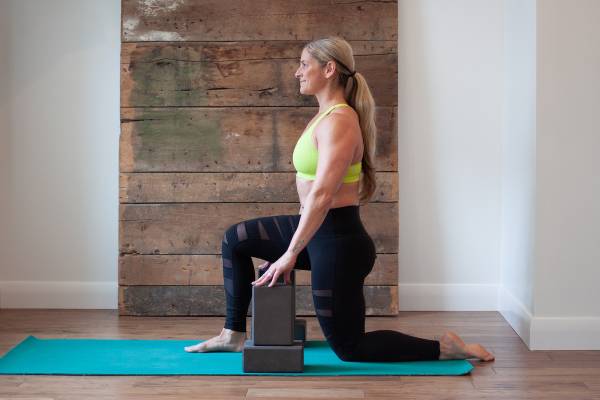
Relaxation Pose 2: Let It All Go
To truly decompress, lay fully prone on the front of your body and let it all go.
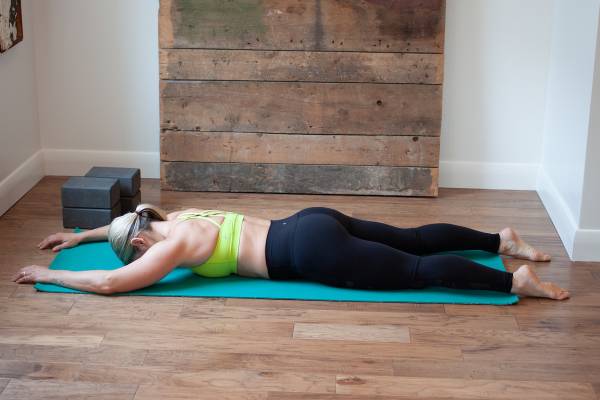
Aching Adductors
Whether you’re a runner, swimmer, or bodybuilder, your adductors are probably crying for a break. It is so easy to overdo action in this muscle group. Even the simple act of sitting can create tight adductors. If you want to prevent injury, you need to give your adductors a rest. Relaxing your adductors helps to balance the entire muscular system. Adding these simple releases to your routine will support full diaphragmatic breathing and help with regulation and balance.
Relaxation Pose 1: Side Leg Raise Lying on Back
A yoga strap is a great tool to help give those adductors a much-needed release. Lie on the floor and place a strap around one foot. Gently use the strap to lift your leg towards the side. Repeat on the opposite side.
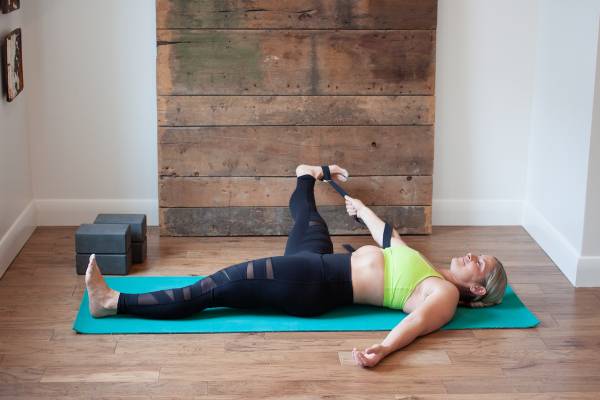
Relaxation Pose 2: Sleeping Butterfly
An alternative pose is bound angle posture, lying either on your back or on a gentle ramp and letting your legs slowly open like a butterfly. For additional support, place a couple rolled towels or cushion underneath your hips so that your legs can gently relax and open. Put on your favorite tune, as you hang out and give the adductors so much needed rest.
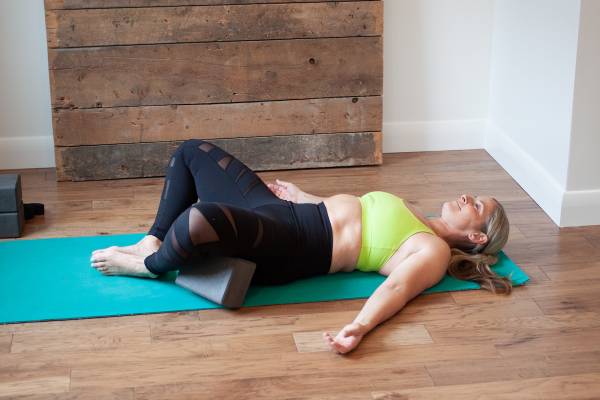
But, What About Your Butt?
A conversation about overused muscles wouldn’t be complete if we failed to chat about the glutes. The glutes consist of a group of four muscles: gluteus minimus, gluteus medius, gluteus maximus, and a tiny, often forgotten, muscle known as the piriformis. Each one has their own job to do.
The piriformis assists with rotating the hip and external rotation, minimus assists with hip extensions, and medius is for balancing. Maximus, which is one of the strongest muscles in our body, is all about extension and hip movement. These four muscles are a part of almost every movement, while also being the stabilizers for our pelvis. They are working all the time, whether you’re sitting, standing, or moving, your glutes are in action. The truth is that our muscles won’t balance if the glutes aren’t fired first. In fact, a lot of hamstring issues are a direct result from the improper firing of the glutes, and almost all pelvic floor issues can be attributed back to our rear.
So, give your glutes some love with these wonderful relaxation poses.
Relaxation Pose No 1: Seated Forward Fold Crossed Legged
Release the glutes muscles simply by sitting cross-legged and folding forward. Place your hands down to the floor, and let the tension go.
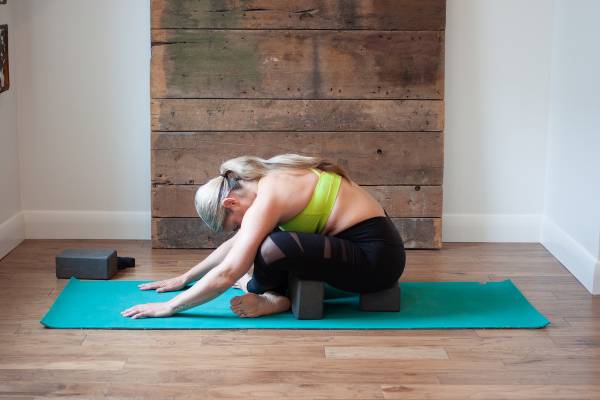
Relaxation Pose No 2: Rich, Deep Squat (Mala)
Place your feet slightly wider than a hip-width apart and bend your knees, slowly moving into a squat until hips are just a few inches off the floor. Stay in this position and enjoy this gentle release.
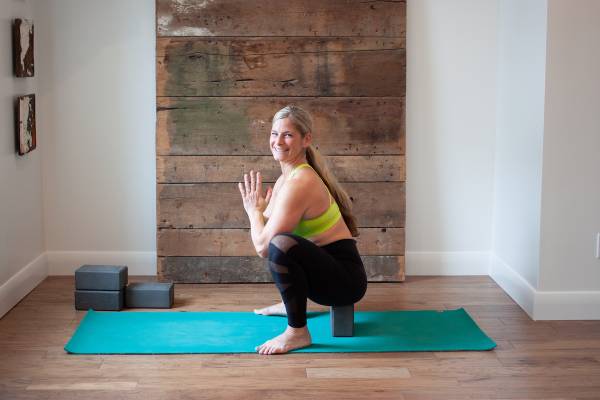
Give Yourself a Break
With the push to perform, it can be hard to give these three core muscle groups a long overdue break. However; if these foundational muscle groups only experience tension then, over time, stress is created, making you prone to injury. There needs to be a balance. These moments of downtime will provide these muscle groups the opportunity to relax and regenerate, decreasing the risk of injury while helping to increase your overall performance.






